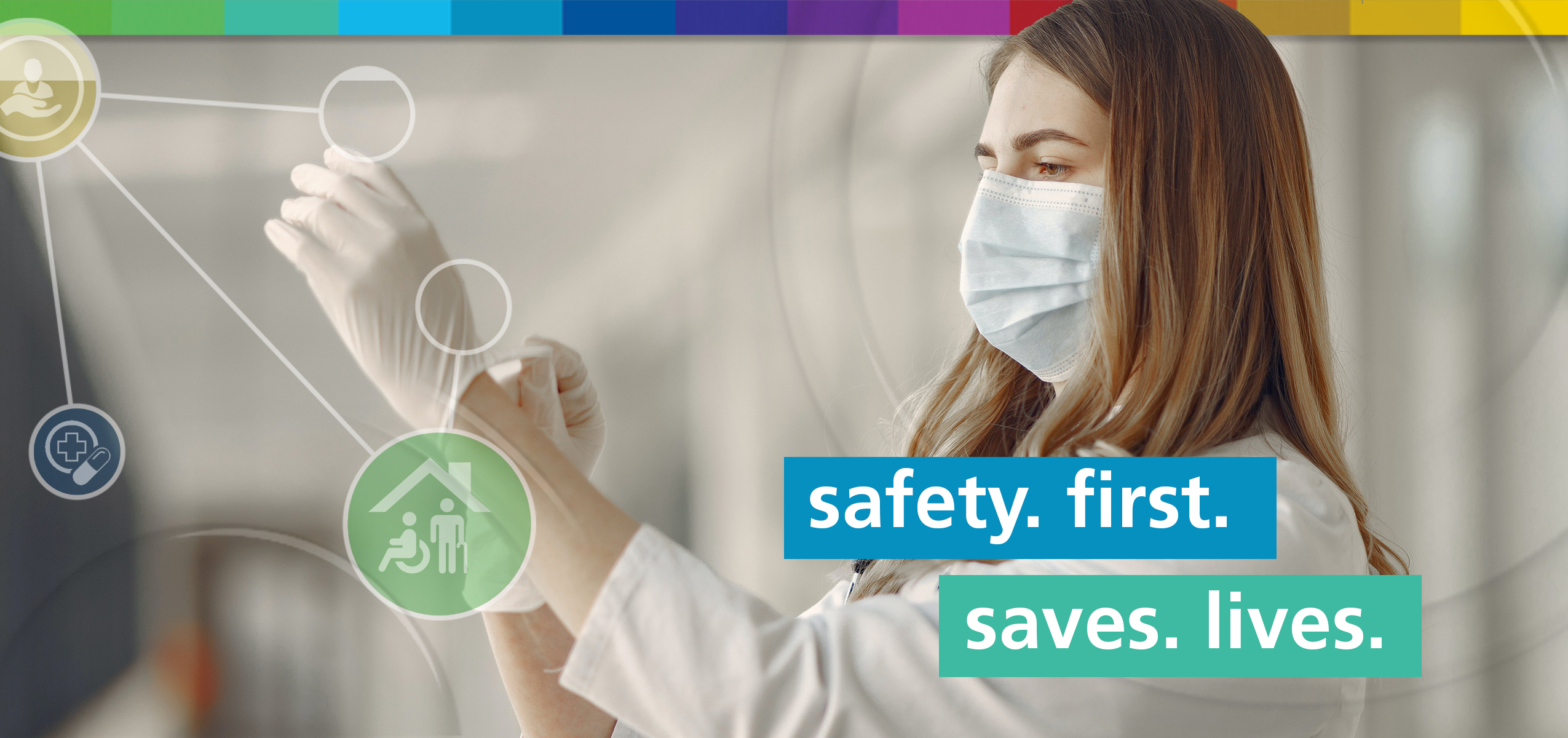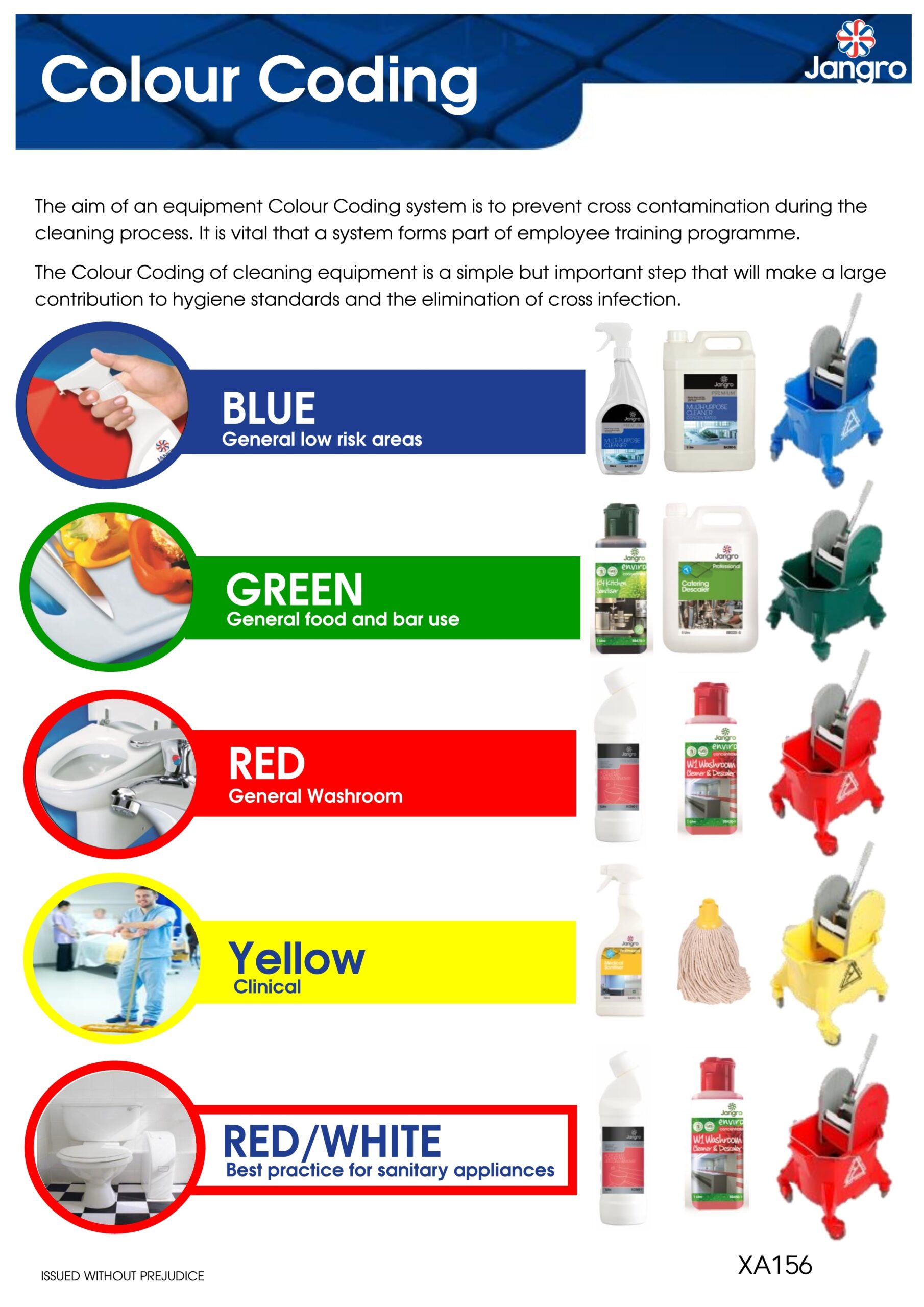In the realm of healthcare, maintaining a pristine environment is paramount to ensuring patient safety and safeguarding against the spread of infection. The Ultimate Hospital Cleaning Schedule is a meticulously crafted plan designed to achieve these critical objectives, minimizing the risk of contamination and fostering a healthy atmosphere for all.
Understanding the Imperative of a Hospital Cleaning Protocol
Hospital environments are fertile grounds for the proliferation of microorganisms. Without proper cleaning and disinfection measures, pathogenic bacteria, viruses, and fungi can thrive on surfaces, medical equipment, and even the hands of healthcare providers, posing a significant threat to vulnerable patients.
The Ultimate Hospital Cleaning Schedule: A Comprehensive Solution
The Ultimate Hospital Cleaning Schedule is a comprehensive and evidence-based protocol that addresses the unique challenges of hospital hygiene. It is founded on the principles of thorough and meticulous cleaning, regular disinfection, and effective infection prevention practices.

Patient Safety & Infection Control | Lighthouse Family Dentistry Annapolis – Source www.lighthousefamilydentistry.com
Key Features of the Ultimate Hospital Cleaning Schedule
The Ultimate Hospital Cleaning Schedule encompasses a spectrum of essential components, including:
- Daily cleaning and disinfection of high-touch surfaces, such as doorknobs, bed rails, and medical equipment.
- Regular deep cleaning and disinfection of patient rooms, operating theaters, and other critical areas.
- Implementation of isolation protocols for patients with suspected or confirmed infections.
- Training and education for healthcare providers on proper cleaning and disinfection techniques.

Courses – Resourcehub Exchange – Source resourcehub.exchange
The Genesis and Evolution of Hospital Cleaning Schedules
The concept of hospital cleaning schedules has evolved over time in response to advancements in medical knowledge and the emergence of new pathogens. In the early days of healthcare, cleaning was primarily focused on removing visible dirt and debris. However, as the understanding of infection spread grew, cleaning schedules were refined to include disinfection and the use of antimicrobial agents.
Unveiling the Secrets of Effective Hospital Cleaning
Achieving optimal hospital hygiene requires a multifaceted approach that involves:
- Using appropriate cleaning agents and disinfectants.
- Following proper cleaning techniques to ensure thorough coverage.
- Regular monitoring and auditing to verify compliance.
- Continuous staff training and education.

Infection Control & Colour Coding Information Chart – A1 Hygiene – Source www.a1hygiene.net
Recommendations for Implementing the Ultimate Hospital Cleaning Schedule
To effectively implement the Ultimate Hospital Cleaning Schedule, it is crucial to:
- Secure buy-in from hospital leadership and staff.
- Develop a customized cleaning plan tailored to the specific needs of the facility.
- Provide comprehensive training for all cleaning staff.
- Establish a system for regular monitoring and evaluation.
Benefits of the Ultimate Hospital Cleaning Schedule
The Ultimate Hospital Cleaning Schedule offers numerous benefits, including:
- Reduced risk of hospital-acquired infections.
- Improved patient outcomes and satisfaction.
- Enhanced staff safety and morale.
- Improved reputation and credibility of the hospital.

Medical Jobs available near Wahoo, Lincoln and Omaha. – Source saundersmedicalcenter.com
Tips for Enhancing Hospital Cleaning Efficiency
To optimize the effectiveness of the Ultimate Hospital Cleaning Schedule, consider these tips:
- Use microfiber cloths and mops for enhanced cleaning capabilities.
- Implement touchless technologies, such as automatic door openers.
- Design patient rooms with infection prevention in mind, such as using antimicrobial surfaces.
- Foster a culture of hand hygiene among staff and patients.
Common Myths and Misconceptions about Hospital Cleaning
There are several common myths associated with hospital cleaning, including:
- Myth: Hospitals are always clean.
- Myth: Antibacterial soaps are more effective at preventing infections.
- Myth: It is not necessary to clean areas that are not visibly dirty.

Safety and Infection Control CH Gonzales – ACTIVE LEARNING TEMPLATES – Source www.studocu.com
Fun Facts about Hospital Cleaning
Here are a few intriguing facts about hospital cleaning:
- The average hospital room contains over 1 million bacteria.
- Hospital cleaning staff can walk up to 10 miles per day.
- The color of hospital cleaning cloths often indicates the type of cleaning agent being used.
How to Implement the Ultimate Hospital Cleaning Schedule
Follow these steps to implement the Ultimate Hospital Cleaning Schedule:
- Assess your current cleaning practices.
- Develop a customized cleaning plan.
- Train your cleaning staff.
- Monitor and evaluate your cleaning program regularly.
What if the Ultimate Hospital Cleaning Schedule Fails?
If the Ultimate Hospital Cleaning Schedule fails, it could lead to an increased risk of hospital-acquired infections. This can result in:
- Poor patient outcomes.
- Increased healthcare costs.
- Negative publicity for the hospital.

Natasha Beauvais – Patient Safety & Quality Healthcare – Source www.psqh.com
Listicle of Ultimate Hospital Cleaning Schedule: Assuring Patient Safety And Infection Control
Some key points to remember when implementing the Ultimate Hospital Cleaning Schedule include:
- Use effective cleaning agents and disinfectants.
- Follow proper cleaning techniques.
- Regularly monitor and audit your cleaning program.
- Provide ongoing training for cleaning staff.
- Foster a culture of hand hygiene.
Question and Answer
Here are some frequently asked questions about the Ultimate Hospital Cleaning Schedule:
- Q: How often should hospital rooms be cleaned?
- A: Hospital rooms should be cleaned and disinfected daily, and more frequently if there is a suspected or confirmed infection.
- Q: What are the most important areas to clean in a hospital room?
- A: High-touch surfaces, such as doorknobs, bed rails, and medical equipment.
- Q: What is the best way to clean and disinfect hospital surfaces?
- A: Use a hospital-grade disinfectant and follow the manufacturer’s instructions.
- Q: How can I prevent the spread of infection in a hospital?
- A: Practice good hand hygiene, avoid touching your face, and stay home if you are sick.
Conclusion of Ultimate Hospital Cleaning Schedule: Assuring Patient Safety And Infection Control
The Ultimate Hospital Cleaning Schedule is a vital component of infection prevention and control in healthcare settings. By implementing this comprehensive and evidence-based protocol, hospitals can significantly reduce the risk of hospital-acquired infections, improve patient outcomes, and enhance the overall safety and quality of care.